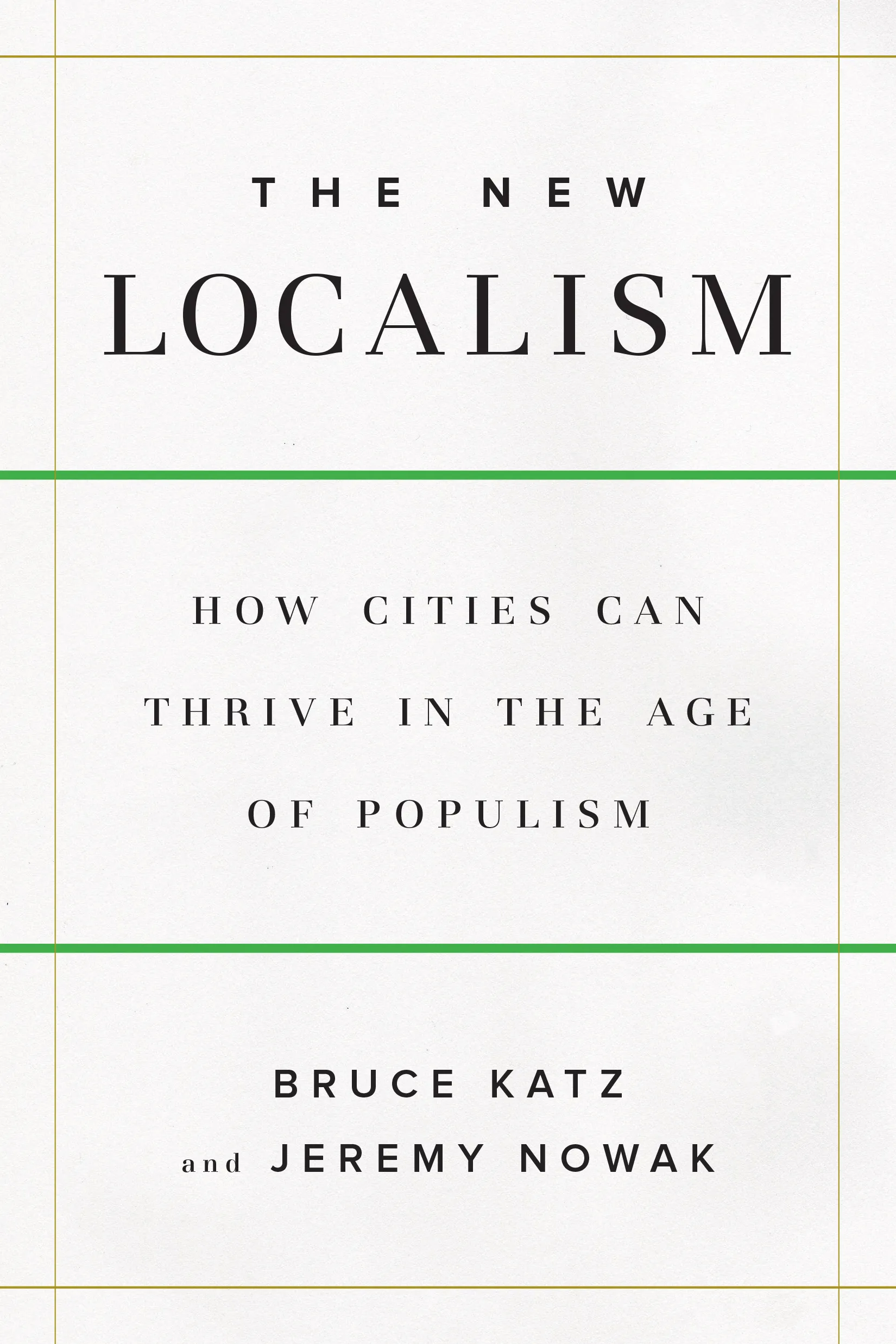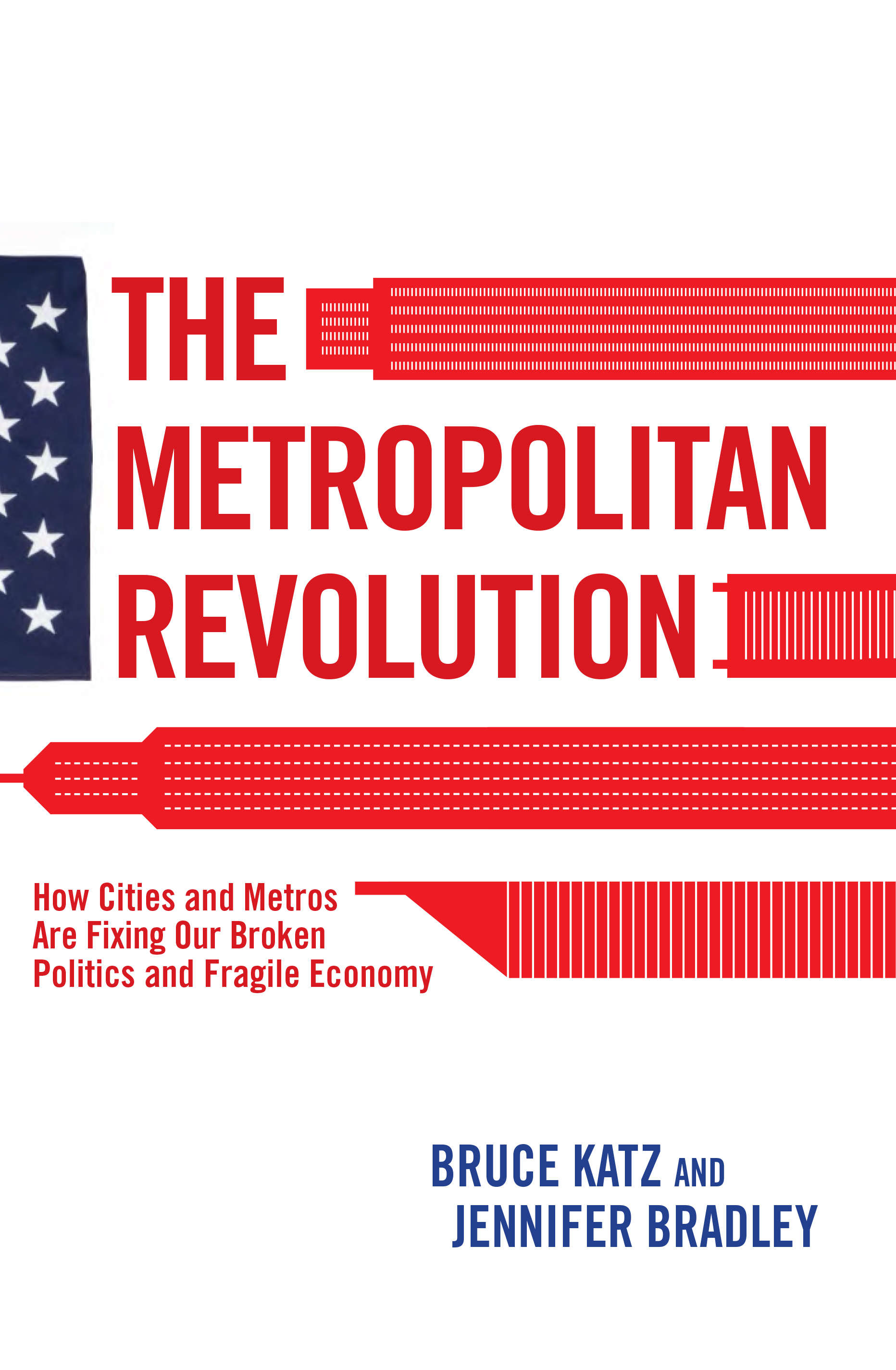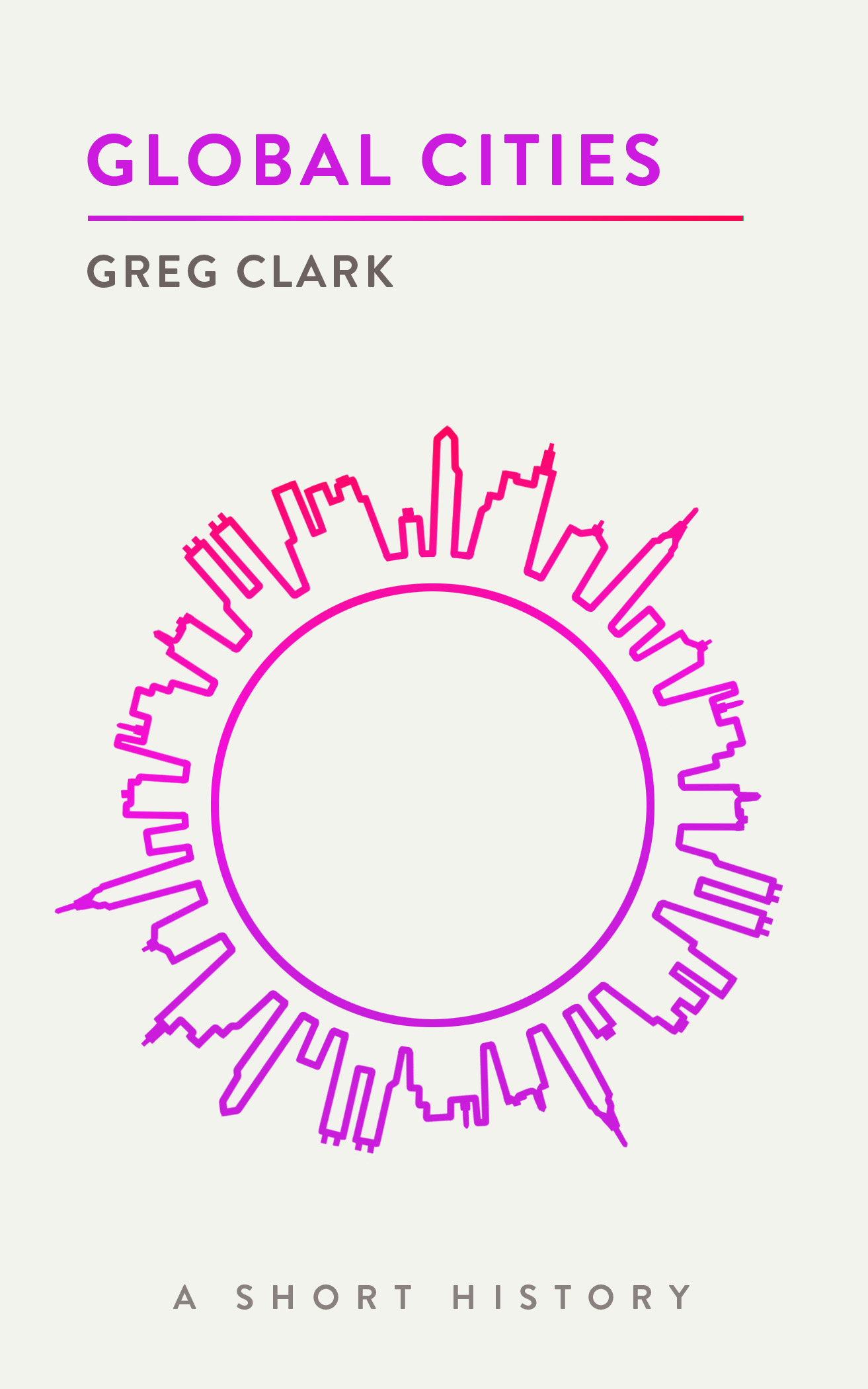Americans are a diverse group of people, each with their own customized version of the American dream. One thing you can say about most of those dreams, though, is that they include home ownership: 77 percent of Americans prefer to own their own home rather than rent, and, thanks in part to a vigorous economy, 66.8 percent of all households do.
But it is not the economy alone that is responsible for the record numbers of homeowners in the nation. Federal and state governments support home ownership through numerous tax incentives, such as the mortgage-interest tax deduction, the real estate tax deduction, the mortgage revenue bond program, and penalty-free IRA withdrawls for first-time home buyers.
However, low-income families, and the communities in which they live, are missing out on many of the tax incentives for home ownership and the benefits that ownership provides. By “low-income” we are not talking only about welfare recipients and the poorest of the poor, but rather working families who earn less than 80 percent of the median income in the region where they live. In Boston, that means a family earning $48,000 or less.
For any family, low-income or otherwise, to buy a home, they have to clear two hurdles: they must accumulate enough wealth to cover a down payment and closing costs and earn enough to pay their mortgage. About a third of low-income households are limited by a lack of wealth alone, and a mere 2 percent were prevented just by insufficient income. It is a combination of the wealth constraint and the income constraint that trips up sixty-five percent of working families who want to buy a house.
There have been programs designed to turn low-income people from renters into homeowners, but these programs generally do not help low-income families overcome both the wealth and income constraints. Mortgage Revenue Bonds, for example, can reduce down payment requirements, but often require buyers to purchase mortgage insurance. Another program, Mortgage Credit Certificates, uses non-refundable tax credits to spur home ownership, but low-income people often have little or no tax liability, so credits are of limited use to them.
We are proposing another option: The Low-Income Second Mortgage Tax Credit. This credit program would induce lenders to offer second mortgages at below market interest rates (say, 3 percent) for lower-income home buyers. This credit could address both the wealth and income barriers low-income working families face. It would be easy to administer. It could target particular neighborhoods. Perhaps most importantly, it could help close the disparity in home ownership.
The most obvious mechanism for delivering tax credits is through each home buyer’s annual tax return. But tax credits are not much help to families who have minimal tax liability. And it might be difficult to estimate, and more important to limit, the impact of a refundable credit on the U.S. Treasury. A refundable credit would also reach low-income families after they had made a down payment—too late to be of use in overcoming the wealth constraint.
Under the second mortgage tax credit, a family would pay a minimum down payment of 2 percent of the house price or $1000, whichever is less. The second mortgage could cover closing costs and up to 22 percent of the house value, thereby lowering the monthly payments and the amount of savings needed for a down payment, and helping buyers avoid mortgage insurance.
Finally, the credit would be targeted to urban and rural communities that have been under served by the traditional mortgage market, so it would support home purchases in areas with low home ownership rates and high proportion of low-income families. In this way, under served communities could reap the benefits—stable families, citizen involvement, and economic activity—that home ownership provides.
What all this means is that a family living in the Northeast, for example, earning $20,000 a year could buy a house in a targeted community for $72,550, with a $1,000 down payment, and monthly mortgage payments of $592 a month.
The low-income second mortgage tax credit could prove to be a well-designed, targeted tax credit that will make the American dream of owning a home a reality for more lower-income working families. If $1 billion is allocated for the credit over ten years, 66,000 low-income families could enjoy the benefits of home ownership. Now—while we are enjoying a strong economy, a budget surplus, and low-interest rates—is the time to help hardworking families realize one element of their American dream.







